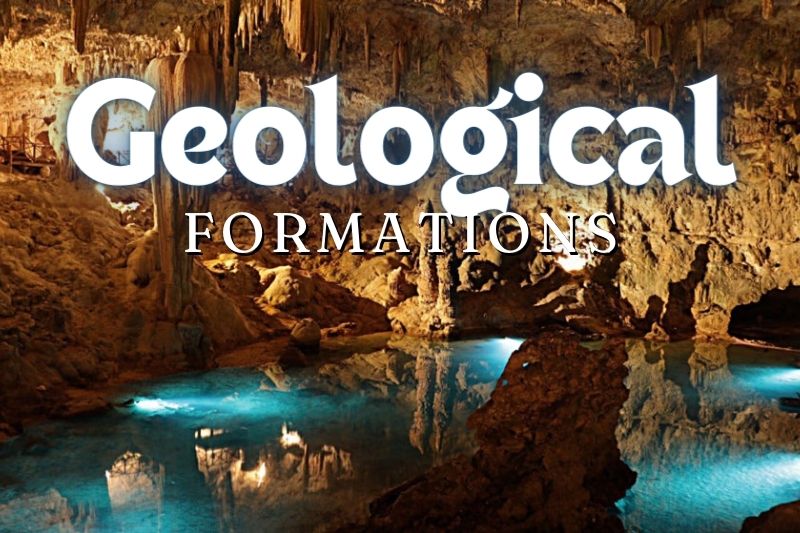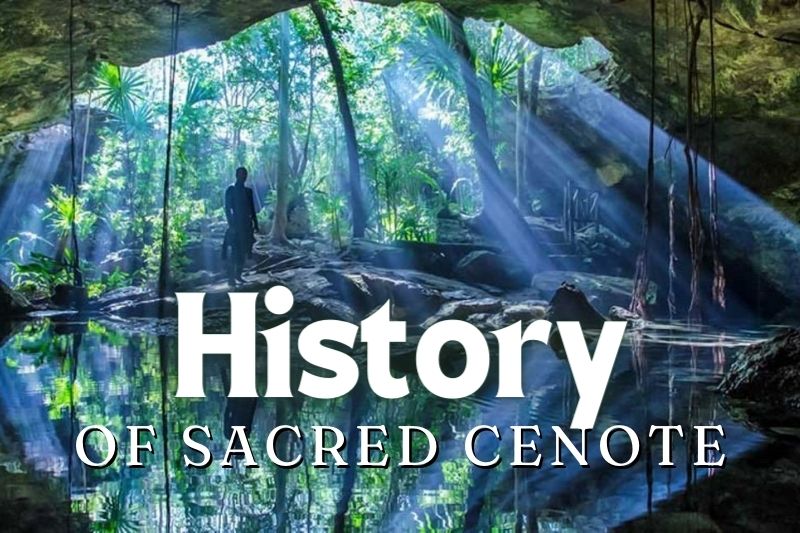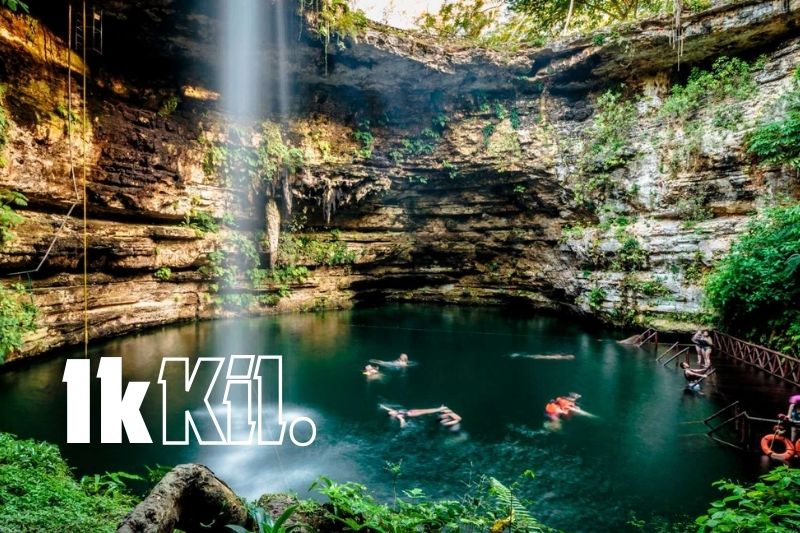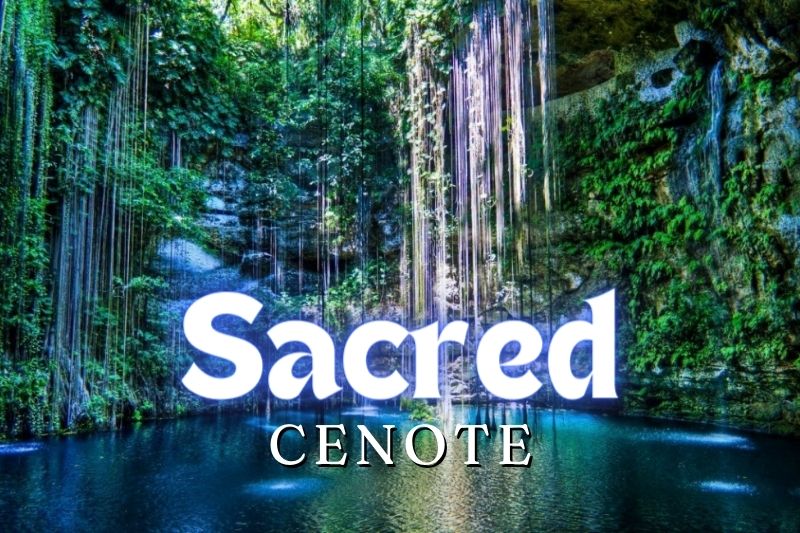Hey there! If you’ve got a thing for breathtaking spots that mix natural beauty with a dash of history, let me tell you a story about a place where ancient rituals meet geologic wonders. That’s right, I’m talking about the Sacred Cenote at Chichen Itza!
The Cenote is a portal back to the mysterious world of the Maya, packed with tales of ceremonies, sacrifices, and treasures that have lurked beneath its waters for centuries.
Find Out More About The Ancient Rituals and Human Sacrifices That Were Performed Here
The Sacred Cenote at Chichen Itza is not just a natural wonder but a significant cultural site for the Maya. Historically, this cenote served as a ceremonial site where precious items and, regrettably, human sacrifices were offered to the gods.
Recent archaeological findings have unearthed relics like gold, jadeite, and pottery, deepening our understanding of these ancient practices.
- Plan Your Visit Duration: Expect to spend around 2-3 hours exploring Chichen Itza to fully appreciate the site without feeling rushed. This timeframe allows you to enjoy the ruins and the cenote without overwhelming fatigue.
Marvel At The Unusual Geological Formations

Geologically, the cenote is a marvel. It spans 50 meters in diameter, with almost vertical walls that descend sharply about 22 meters to the water surface, then extending further down to a muddy bottom.
This unique formation is a result of the Yucatan Peninsula’s limestone surface, which forms natural sinkholes known as cenotes.
- Time Your Visit Wisely: Avoid visiting on Sundays and national holidays if possible. These are typically very crowded as locals gain free entry on Sundays. Visiting on weekdays can offer a more peaceful and personal experience.
Learn More About The Surrounding History

For diving enthusiasts, the Sacred Cenote offers a murky yet intriguing dive experience. The early 20th-century exploration by Edward Thompson and later expeditions revealed the cenote’s complex underwater terrain filled with historical artefacts and geological formations, making it a dive site that’s as thrilling as it is historically enriching.
You’ll also be able to visit the nearby ‘Gran Museo de Chichén Itzá.’ The museum houses over 1,000 artifacts, including 400 original pieces that span thousands of years of Mayan history. Notable displays include scale models of Maya architecture, interactive displays, and special items like a carved stone lintel with ancient Mayan glyphs and a stucco necklace found among human remains, suggesting high status of the buried individuals.
- Cultural Respect: Remember, the cenote is a historic and cultural site, not just a tourist attraction. Many items and even human sacrifices were made here as offerings to the gods, so it’s important to treat the area with respect.
Taking a Dip in Cenote Ik Kil

Heading to Ik Kil Cenote after a day at Chichen Itza? You’re in for a treat! This stunning natural pool is a perfect spot to chill and soak in the beauty of the Yucatan.
Ik Kil opens from 9:00 a.m. to 5:00 p.m. every day. It’s best to get there early to dodge the crowds and have some peaceful swim time. Entry is about 80 Mexican Pesos, and that covers your cenote access and life vests.
- Safety: The cenote is safe to swim in, but always listen to the lifeguards and avoid jumping from the sides to keep it fun and safe for everyone.
- What to Bring: Pack your swimsuit, towel, and a change of clothes. Feel free to snap photos, but remember to be considerate of the surroundings and other visitors.
- Getting There: There’s a stairway carved into the rock that leads down to the water. It’s a bit of a trek, so it might be tricky for anyone with walking difficulties.

